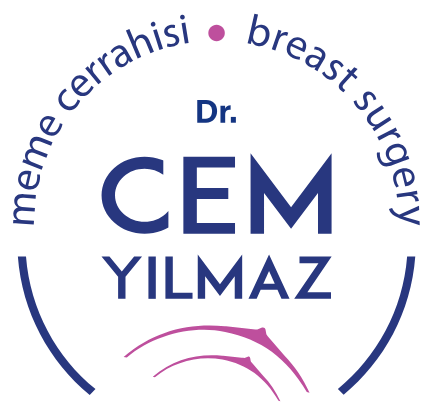Saturday: 08:00 - 14:00
Axillary Lymph Node Dissection
Removal of the axillary lymph nodes (axillary lymph node dissection) has three purposes:
- Accurate staging of the disease
- Guide concomitant treatments
- Provide local tumor control in patients with lymph node involvement
The presence or absence of axillary lymph node involvement is the most important parameter determining the course of breast cancer (and the degree to which it threatens the patient's life).
While removal of the lymph nodes surrounding the breast meets the above-mentioned objectives, it carries the risk of side effects such as arm swelling, which is a rare occurrence. To prevent these risks, certain precautions are taken, such as protecting the patient's hand and arm from injury.
Recent studies have shown that 8-10 lymph nodes need to be removed to accurately sample the axilla.
Statistics show that approximately 60% of all breast cancers and approximately 75% of early-stage breast cancers do not involve the axillary lymph nodes at the time of diagnosis.
Points to Consider After Axillary Lymph Node Dissection - Removal of the Axillary Lymph Nodes
- In patients undergoing axillary dissection, the arm should be protected from trauma and infection. This is very important. Because lymph flow may be affected, swelling in the arm (lymphedema) may develop.
- The risk of lymphedema is closely related to the extent of the axillary lymph nodes removed. This rate is considerably lower after sentinel lymph node sampling.
- Temporary, and rarely permanent, limitation of movement in the arm and shoulder may occur. After the drains are removed, arm exercises are started. It is particularly beneficial to begin exercises that increase the range of motion of the shoulder joint.
- After the drains are removed, lymph fluid may accumulate in the armpit and under the skin of the breast (seroma). Unless it reaches a size that bothers the patient, there is no need for intervention. Otherwise, it can be drained with a syringe.


